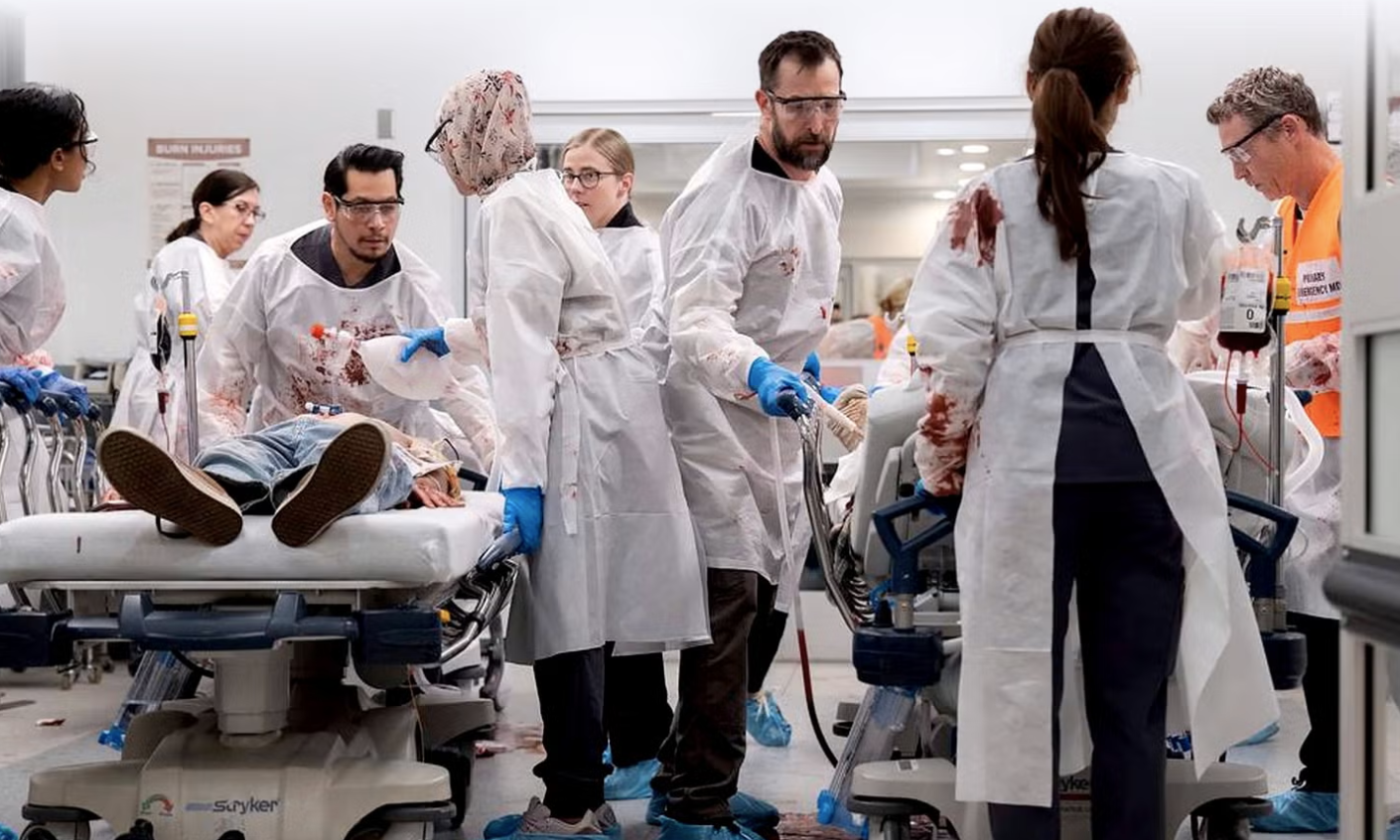They Privatized Medicare and Broke It. We Can Fix It for Everyone.

Every year, private insurance companies siphon off billions of taxpayer dollars from a program meant to protect seniors. They call it Medicare Advantage. The “advantage,” it turns out, is theirs.
What started as an experiment to let private insurers “manage care more efficiently” has become a profit factory built on denial, delay, and deception. These companies—UnitedHealthcare, Humana, CVS/Aetna—get a fixed payment for every patient they sign up. Then they make money by denying care and gaming the system to make patients look sicker on paper than they really are, a scam known as upcoding.
The result? Between 2007 and 2024, Medicare Advantage cost taxpayers roughly $590 billion more than traditional Medicare would have spent covering the same people. That is nearly $600 billion in waste and fraud, money that could have funded dental, vision, and hearing care for every senior in America. Instead, it went to corporate profits and executive bonuses.
Behind every statistic is a person. Seniors trapped in narrow provider networks. Patients waiting weeks for “prior authorizations.” People discovering mid-treatment that their hospital or cancer specialist is suddenly “out of network.” For many, once they join these plans, they cannot go back to traditional Medicare because private Medigap policies can legally deny coverage for preexisting conditions.
It is a one-way street into bureaucracy and profit-taking, built on the backs of our elders.
This is what happens when we turn a public good into a private commodity. It is not efficient. It is not fair. It is legalized extraction from the people the system was supposed to serve.
The Big Lie About Government Inefficiency
We have been told for decades that government cannot do big things well. That the private sector is always more efficient. But that is a myth carefully cultivated by the same corporations that lobby for privatization.
The truth is, when government actually runs programs directly without handing them off to corporate middlemen, it works remarkably well.
- Traditional Medicare operates with administrative costs around 2–3%, compared to 12–18% for private insurers.
- Social Security runs on less than 1% overhead.
- Even the Veterans Health Administration, despite its flaws, delivers integrated, high-quality care at lower cost than most private systems.
We know how to do this right. We just keep letting profit distort the mission.
A Better Way: One Simple, Public System for Everyone
Now imagine if we took the lessons of traditional Medicare and applied them to everyone, young or old, rich or poor. One system. One card. Every doctor. Every hospital. No bills, no networks, no denials for profit. Just care.
That is not a dream. It is a design choice. Economists have already shown that a single-payer system could save the United States up to $600 billion a year in administrative waste, billing overhead, and fraud, the same amount Medicare Advantage has burned through since inception.
We are already paying enough for universal healthcare. We are just not getting it.
A single-payer system would not only be cheaper, it would be fairer, simpler, and more humane. Doctors could focus on healing instead of billing. Patients could focus on recovery instead of paperwork. Families would not have to choose between medicine and rent.
Making America Actually Great
This is what true greatness looks like. Not slogans or nostalgia, but a government that works for people again. A system built on fairness, not profit margins.
We already trust public systems when they work: schools, fire departments, libraries, clean water. We do not make people swipe a credit card before the fire truck comes. Healthcare should be no different.
If we had the courage to treat health as public infrastructure, we could make America not just healthier, but freer. Freer from fear, from debt, and from the quiet cruelty of a system that sees illness as opportunity.
They privatized Medicare and broke it. We can fix it for everyone.
Comments ()